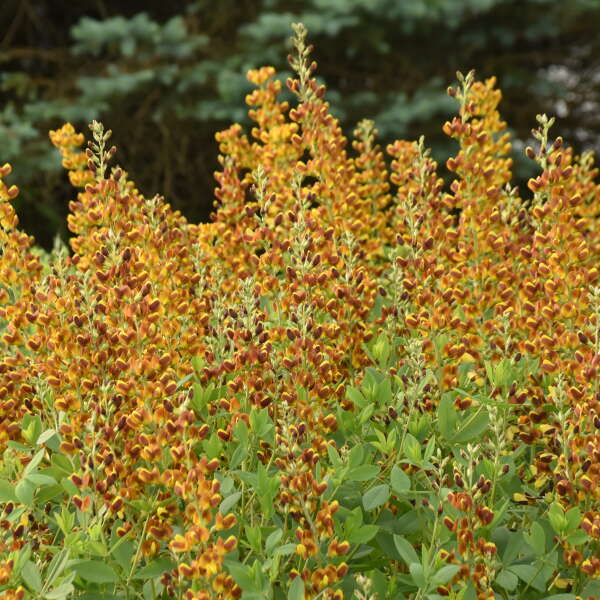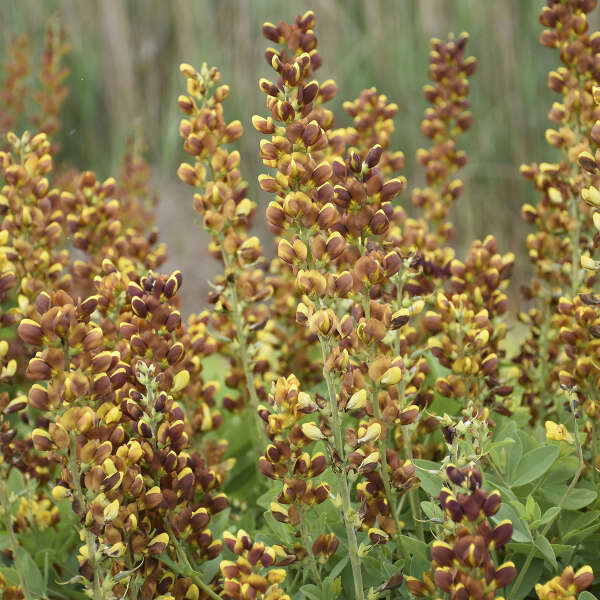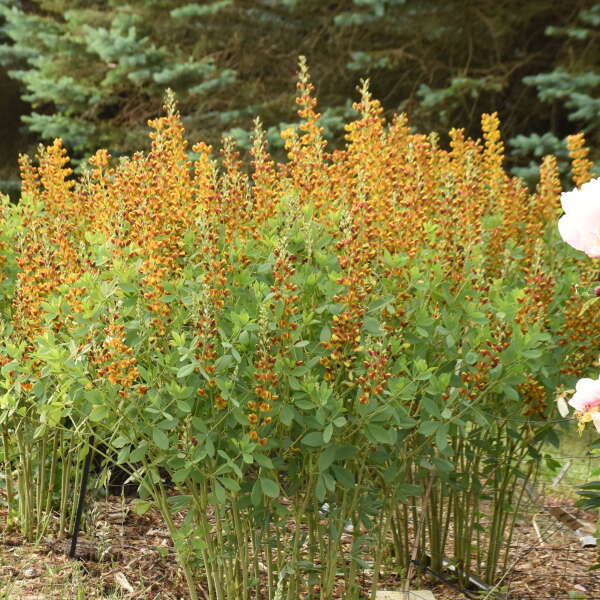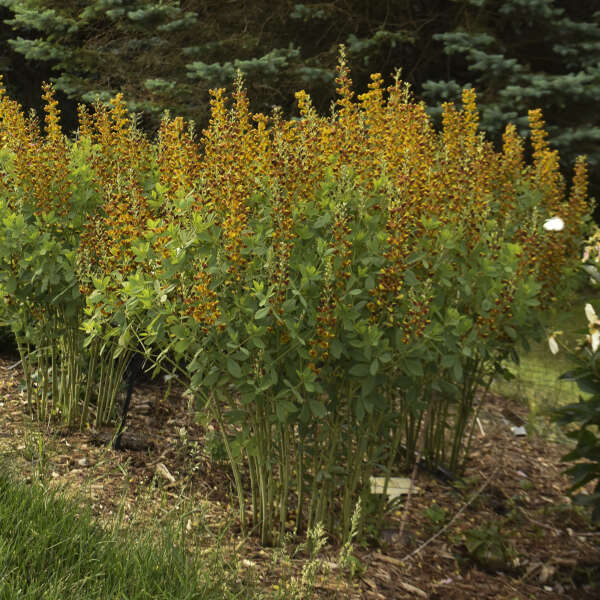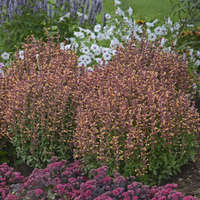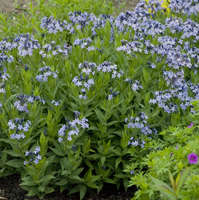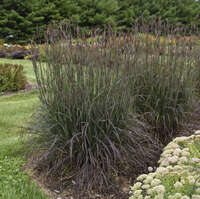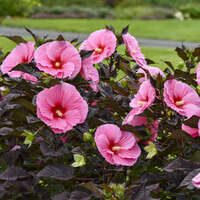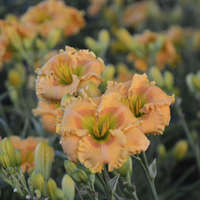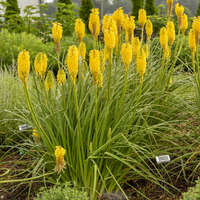Baptisia 'Honey Roasted' PP34707

Common Name: False Indigo
An attractive native perennial that's bound to be a permanent fixture in your garden. Long 10" spikes of dark mahogany flowers have bright yellow keels, producing a wonderful bicolor effect. The bushy habit is jam-packed with flowers when it is in bloom early in the growing season. Flowers lighten to yellow as the flowers mature.
Baptisia is easy to grow and will thrive with little maintenance. There are many potential applications in the landscape including meadow plantings, as a backdrop in borders, or as a specimen. Plants are very long-lived once established.
